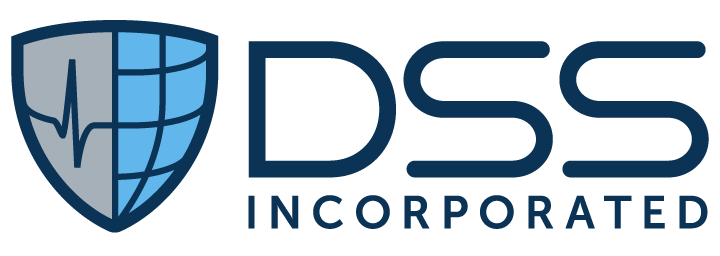Improving Performance Outcomes with VistA
In an ongoing effort to ensure that VistA ─ the Hospital Information System (HIS) and electronic health record (EHR) for veteran health data ─ remains a best of breed enterprise system, the Department of Veterans Affairs (VA) is continuously exploring modernization initiatives to keep pace with the changing landscape. This landscape is focused on patient centered care models, healthcare industry regulations and provider workflows. Built on the leading-edge, versatile and scalable M Database, past modernization attempts have been unsuccessful due to the EHR’s complex architecture and data dependencies, making integration and a federated data view both challenging and risky. One of the greatest risk (and most valuable asset) to VA is data. The VA Office of Information and Technology’s first priority is security of data; second is data interoperability. Efforts to provide standardized, modern access to VistA’s data using Service-Oriented Architecture (SOA) aim to create an open architecture for the adoption of state of the art best of breed solutions into the VistA ecosystem. Thus, mitigating the risk of data migration ─ and avoiding an estimated $16 billion national expenditure for a replacement system. The VA must resolve a number of challenges before it can usher VistA into the next era of healthcare. Security and data are two of the many important hurdles. These top the list so the VA avoids putting both patients and organizations at risk for things like security breaches and lost, fragmented or incorrect data.
Rather than assuming the risk and investing resources into procuring and implementing a new enterprise HIS/EHR, VA leadership should consider a strategy which leverages vendors with VistA expertise and past performance to partner for the long term. This strategic alliance establishes an ongoing, sustainable and comprehensive product ownership model. By engaging a performance-proven vendor that has expertise harnessing the power of the M database with a robust Application Programming Interface (API) library and a proven SOA middle-tier layer, the VA can place the risk on the vendor and position itself for success.
Capitalizing on these best practices will not only support a fully interoperable infrastructure and create an environment of shared success, it will transform VistA into an API platform that is flexible and extensible enough to meet the demands of new models of care for transparency into the continuity and continuum of care for our veterans.
What do you think of the “VistA Transformation” approach and its implications for facilitating widespread data modernization for the VA?
